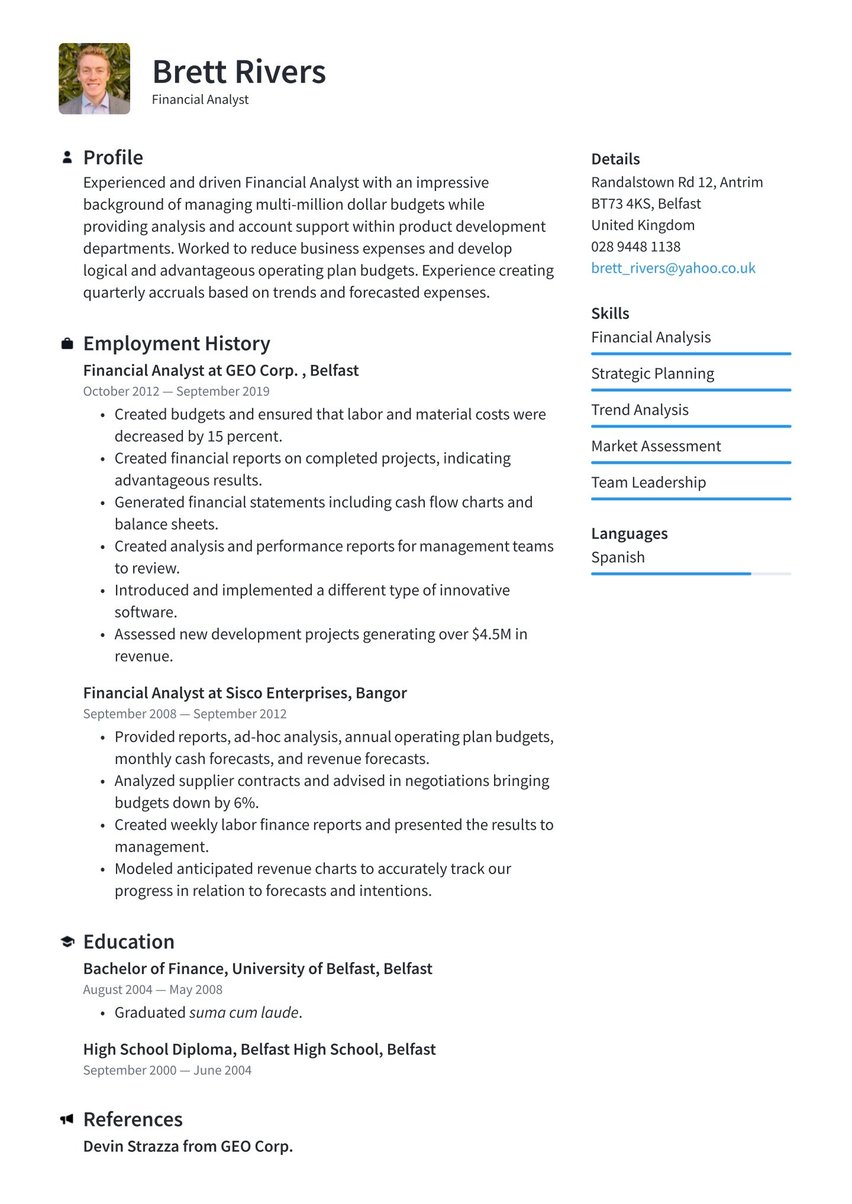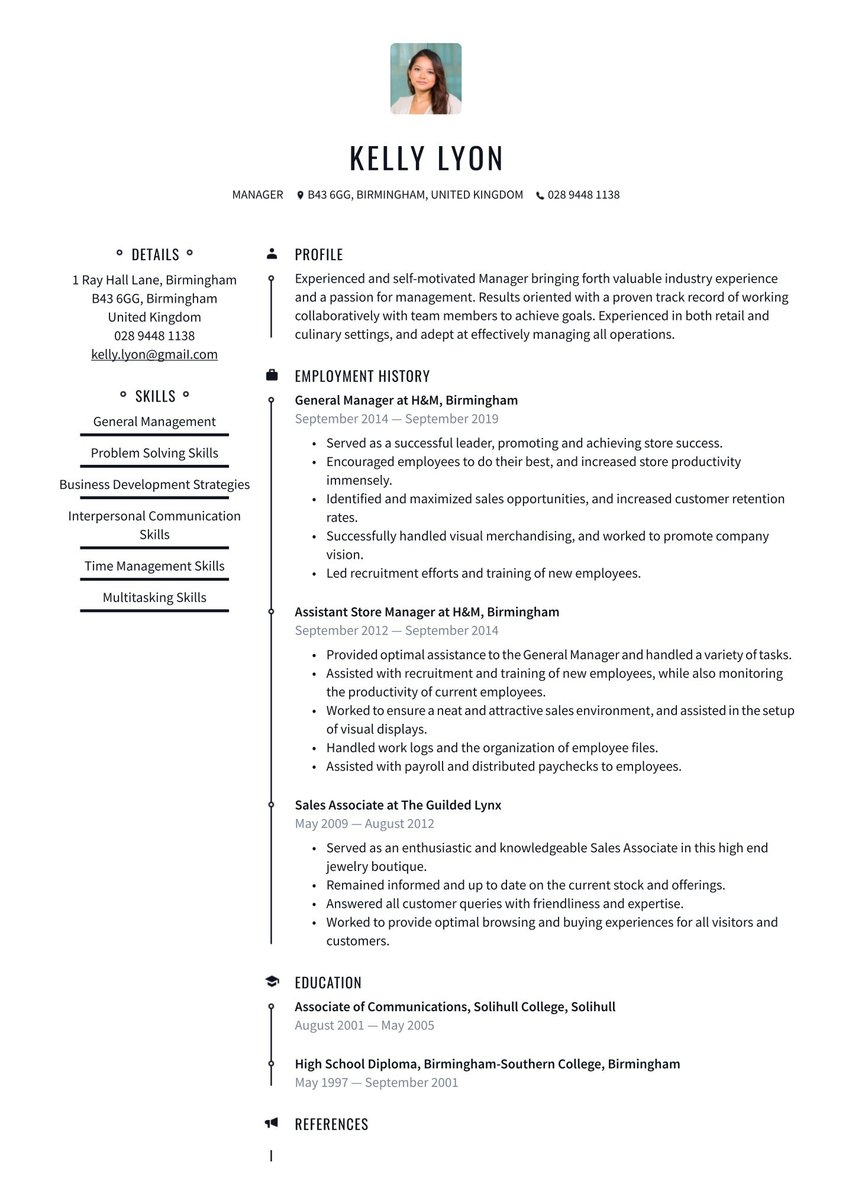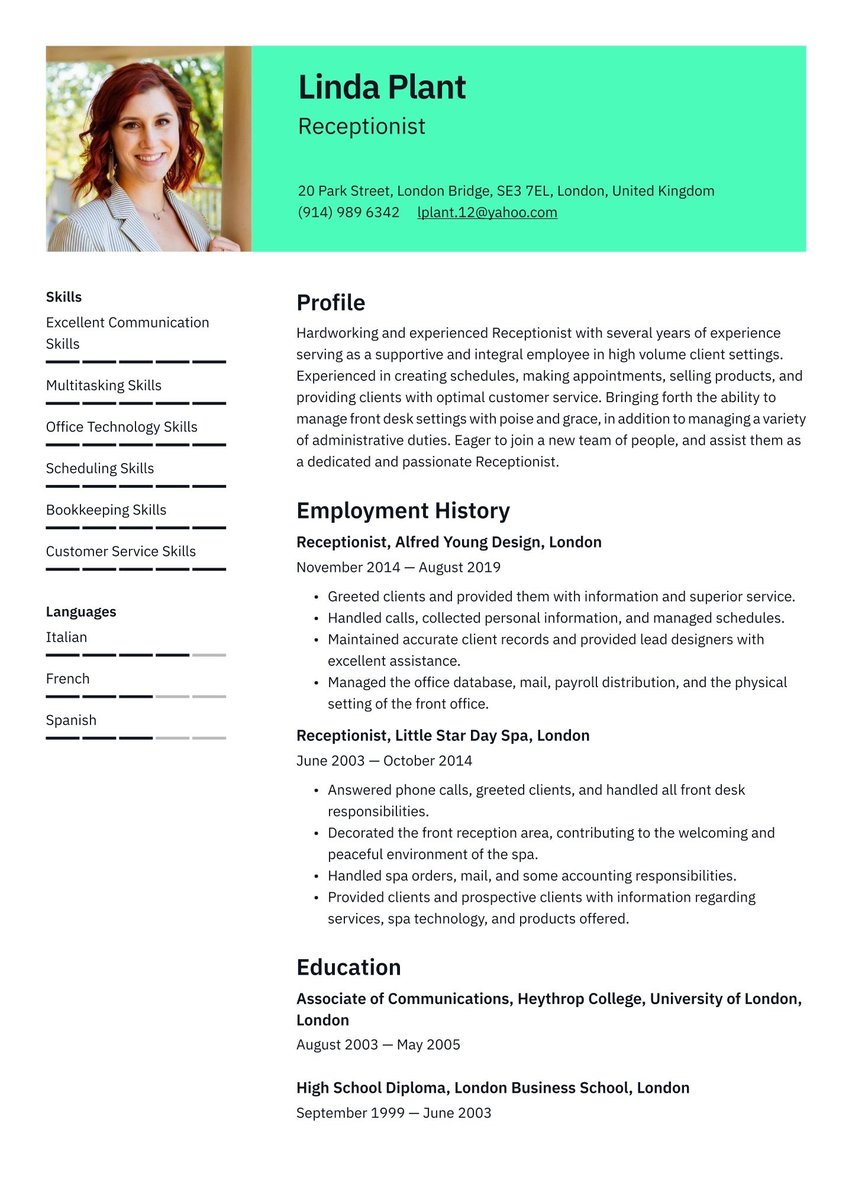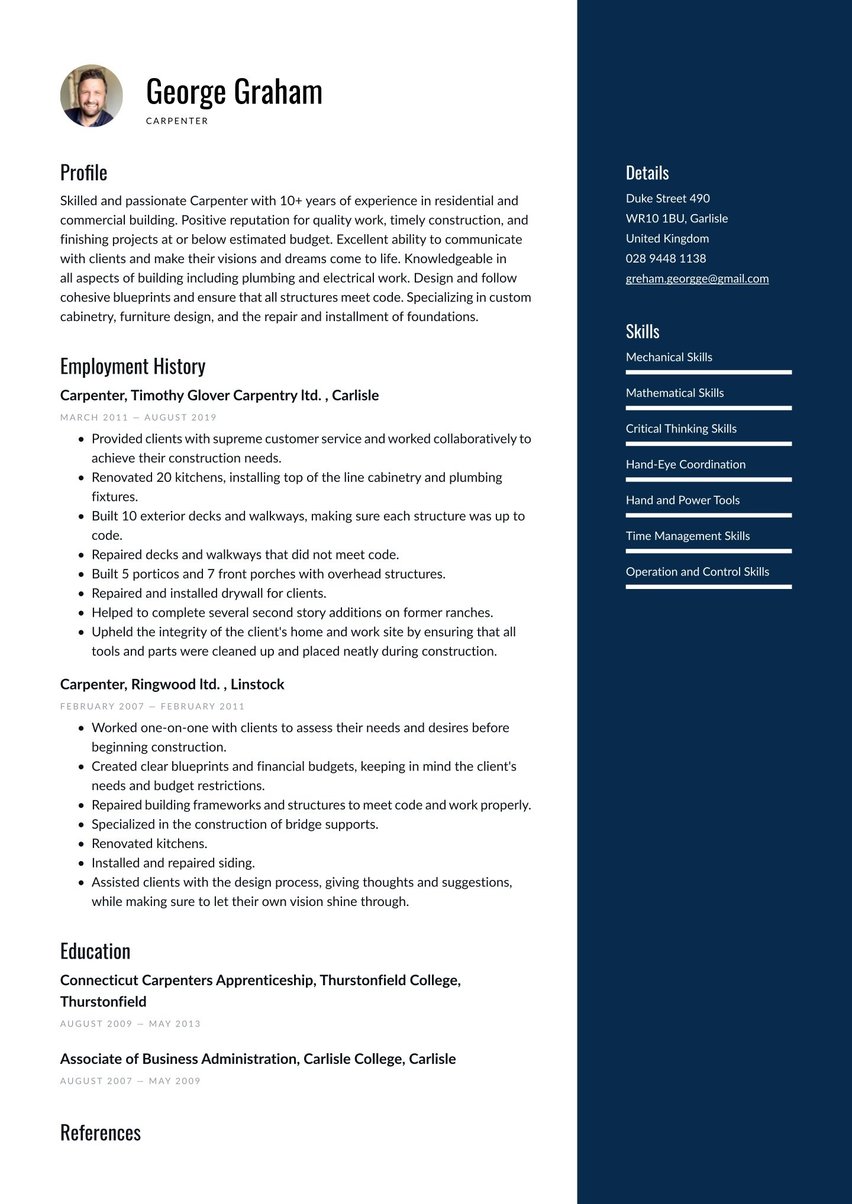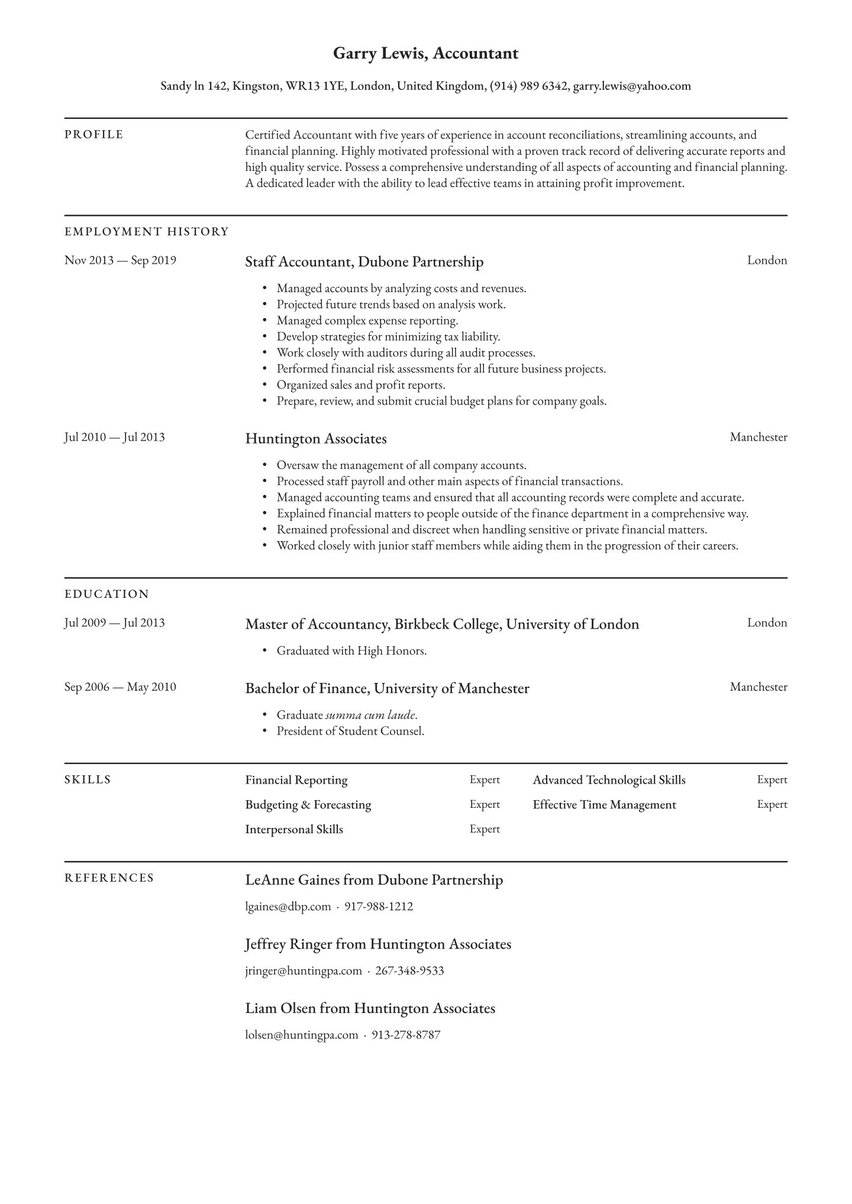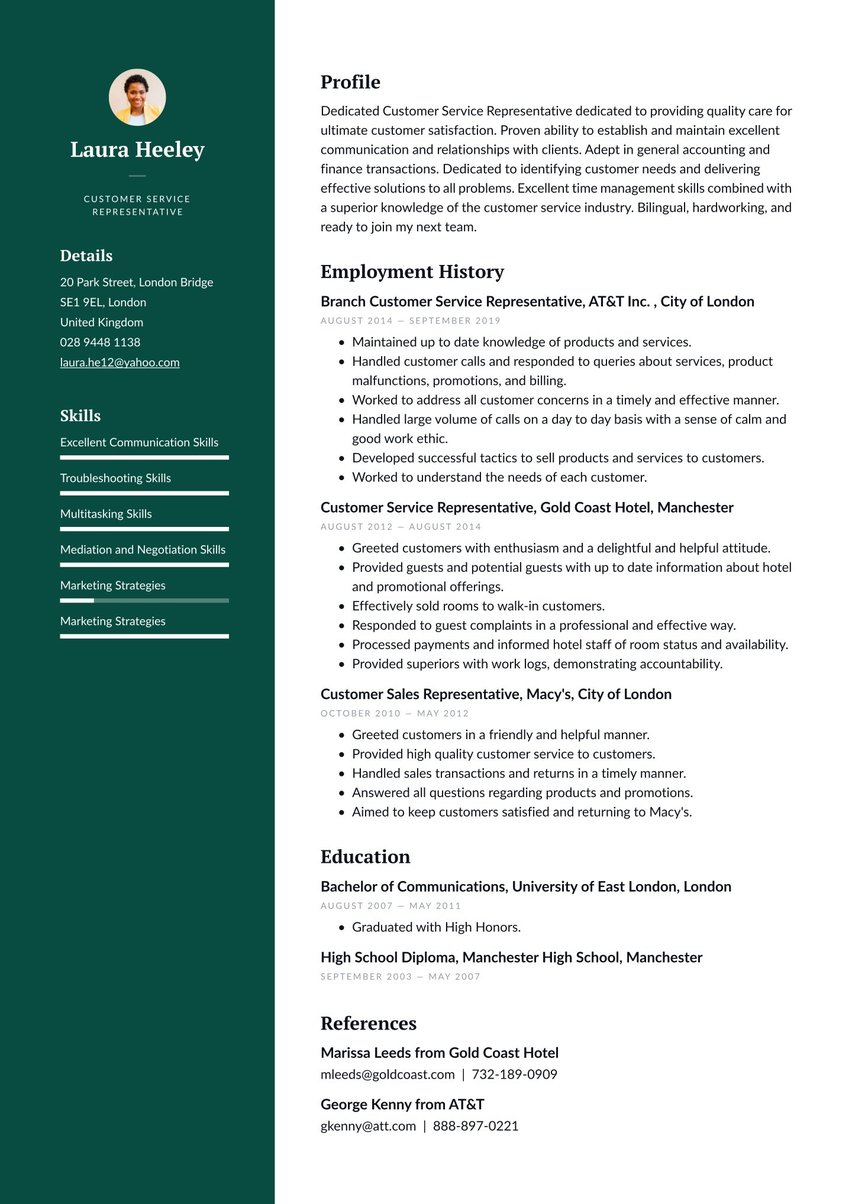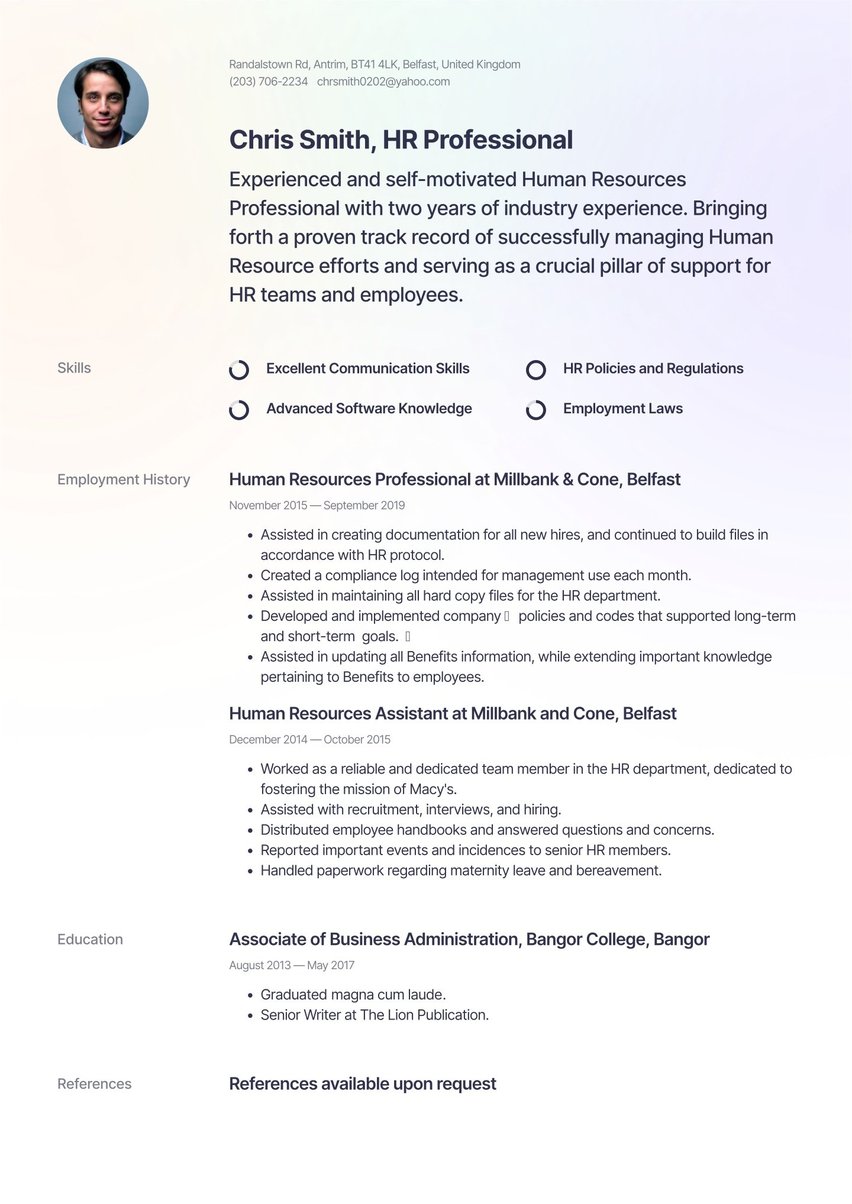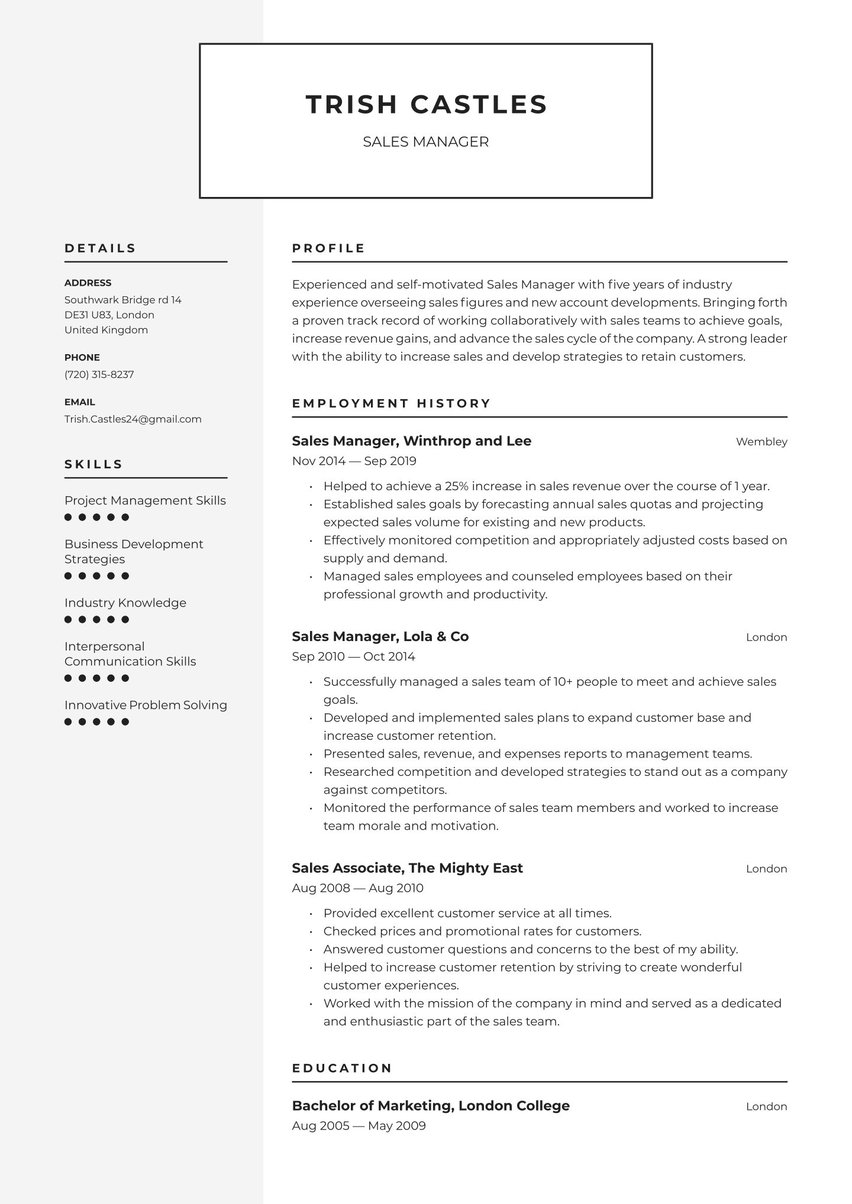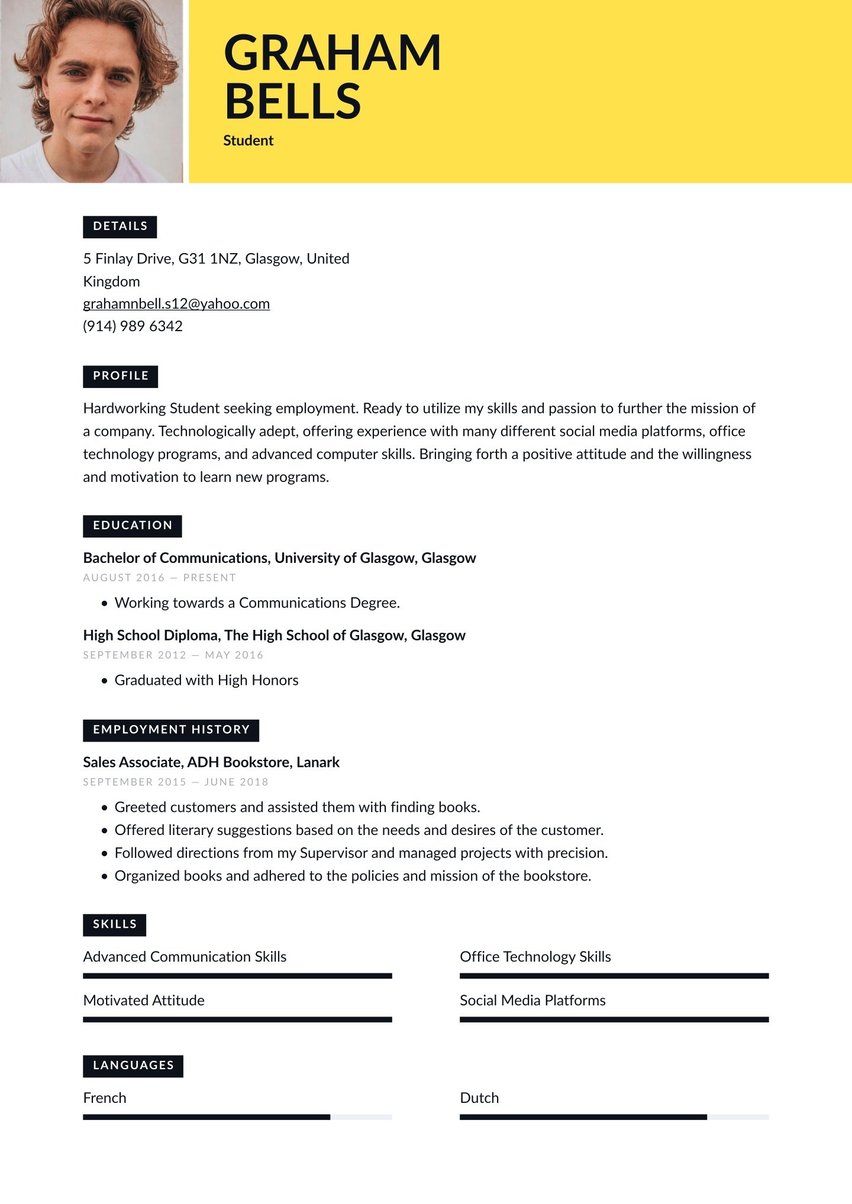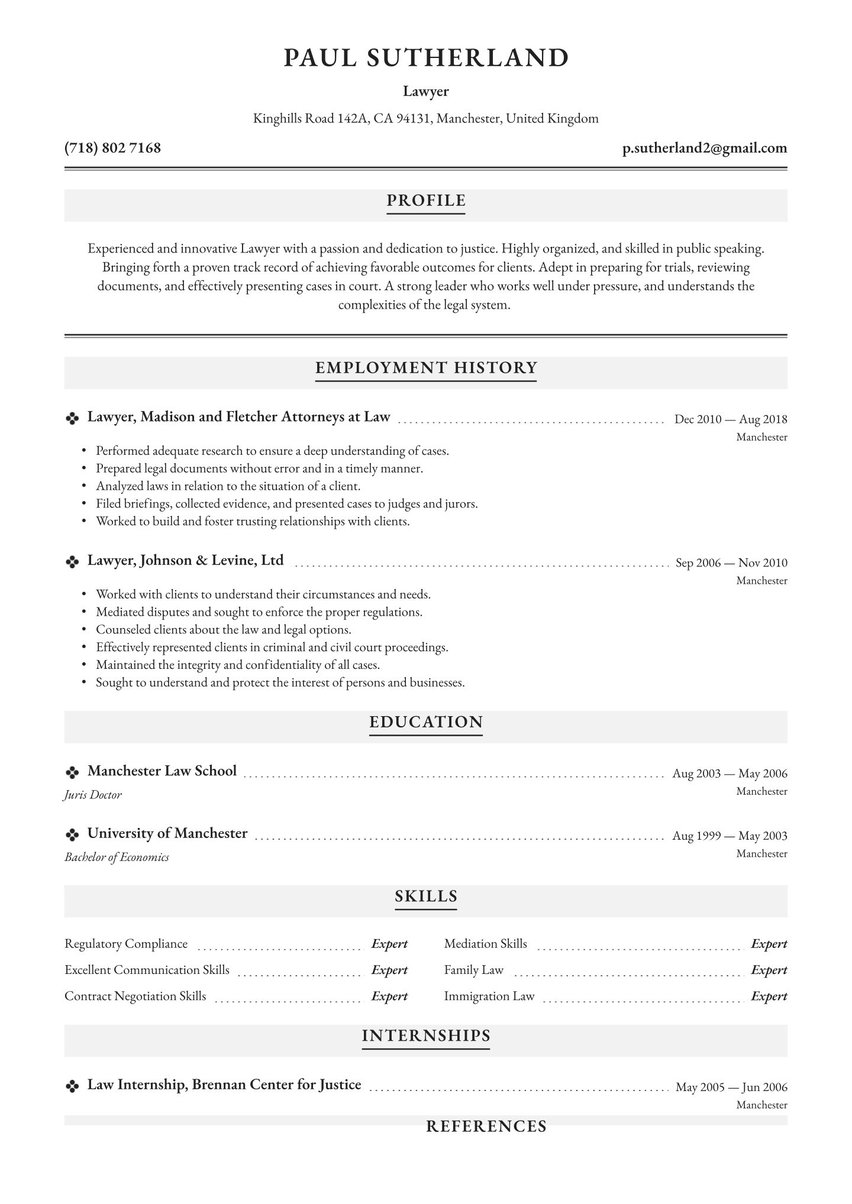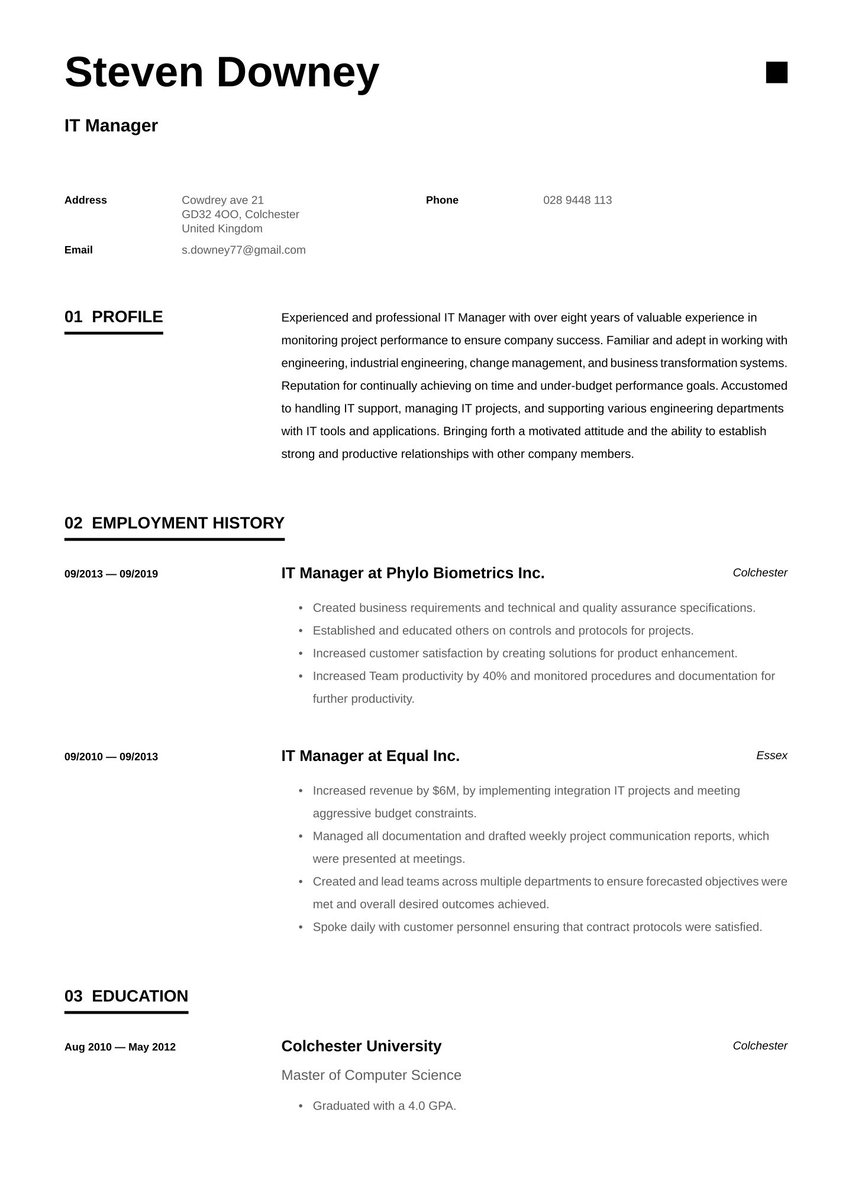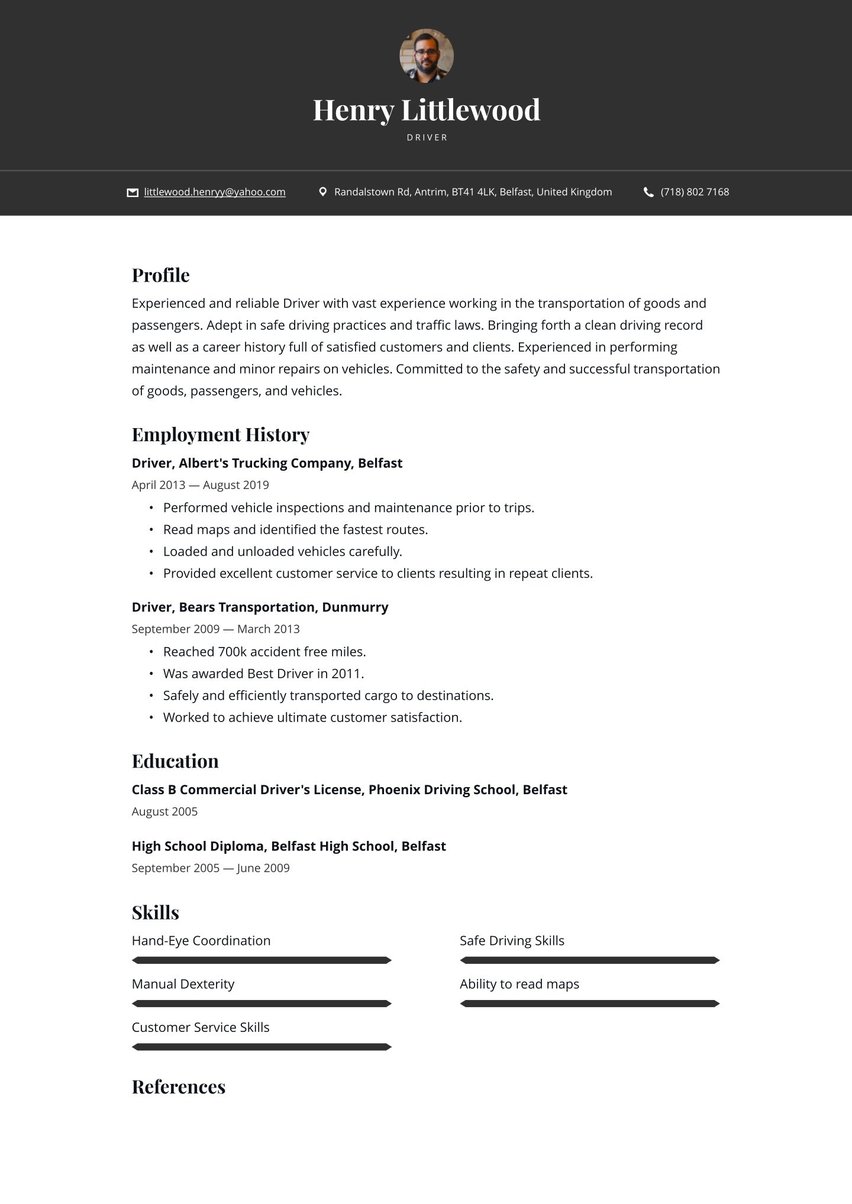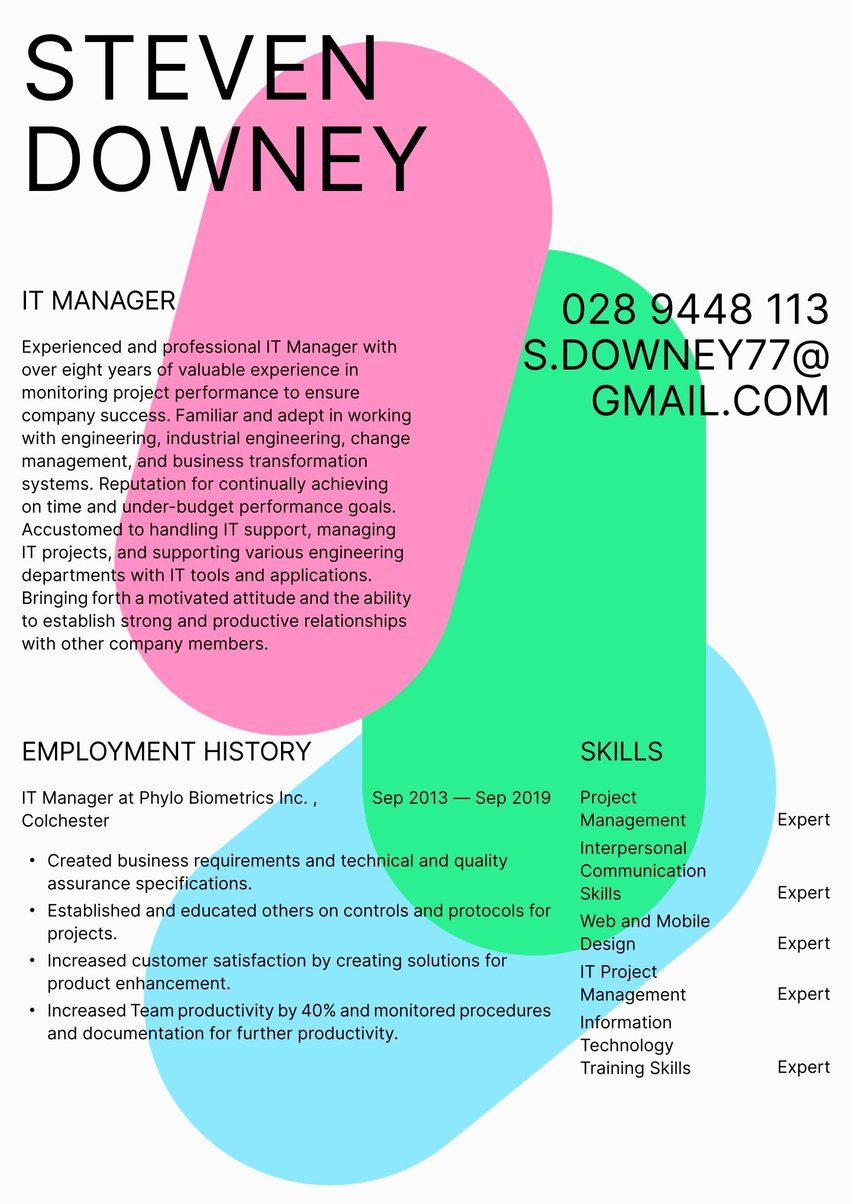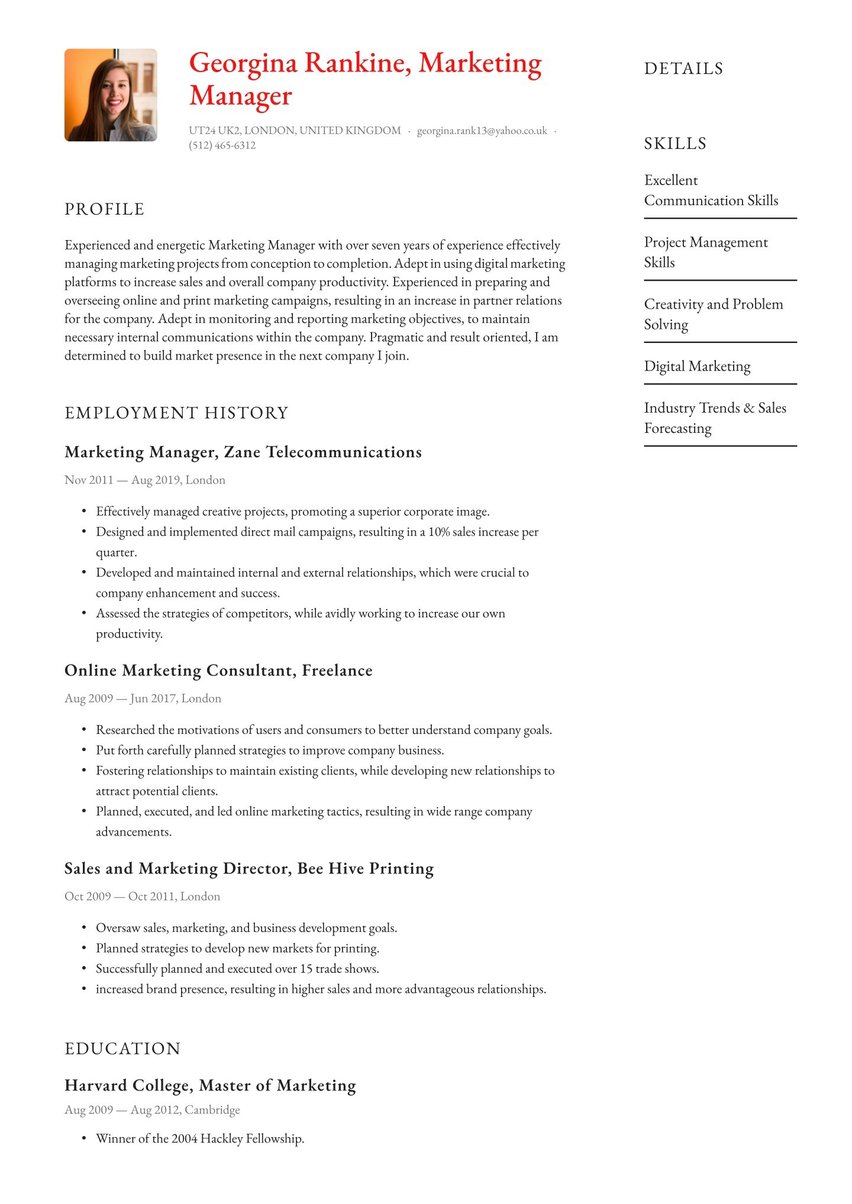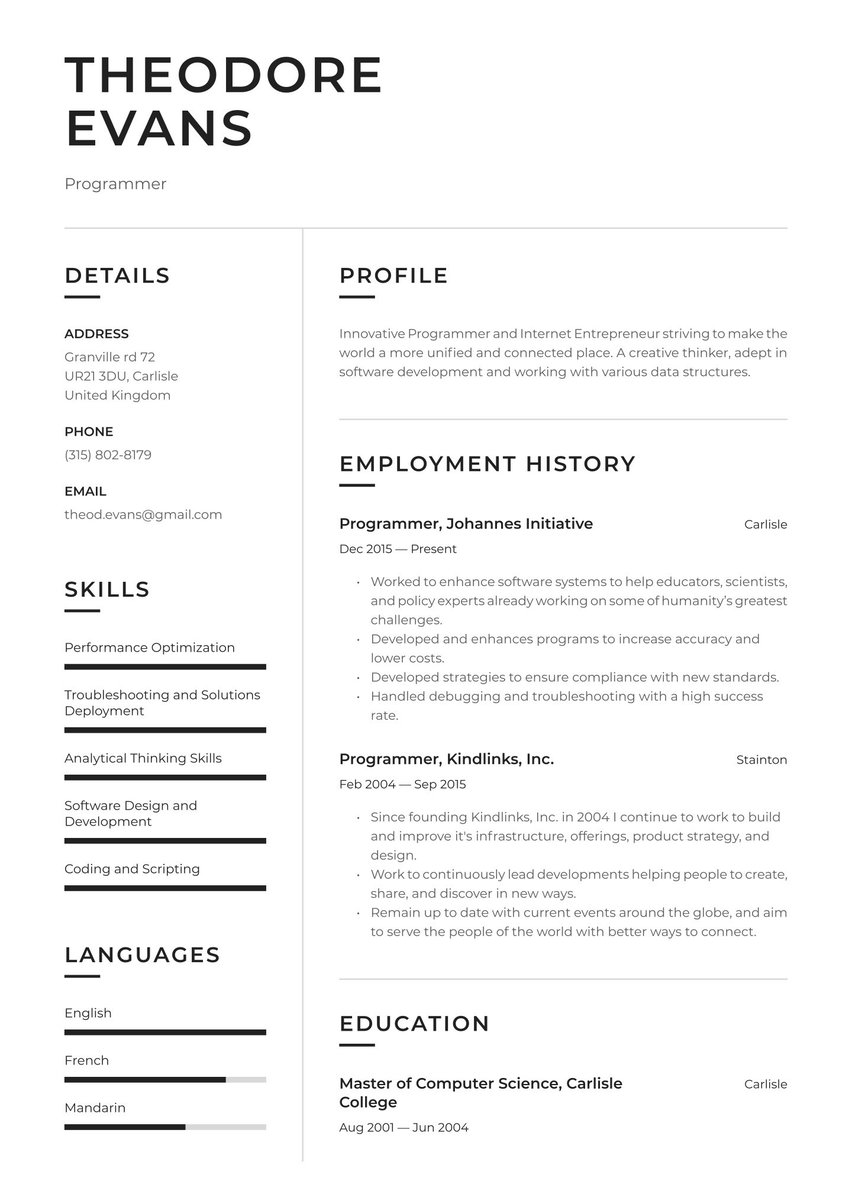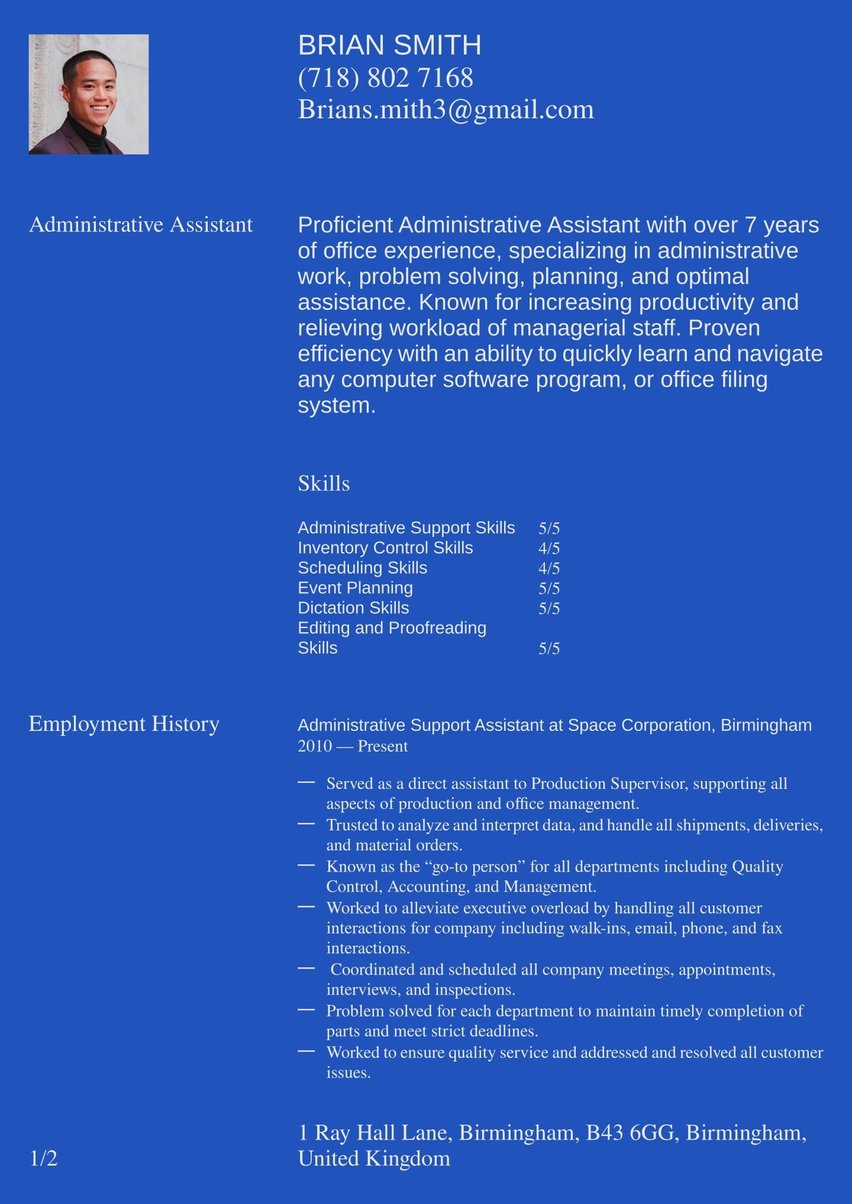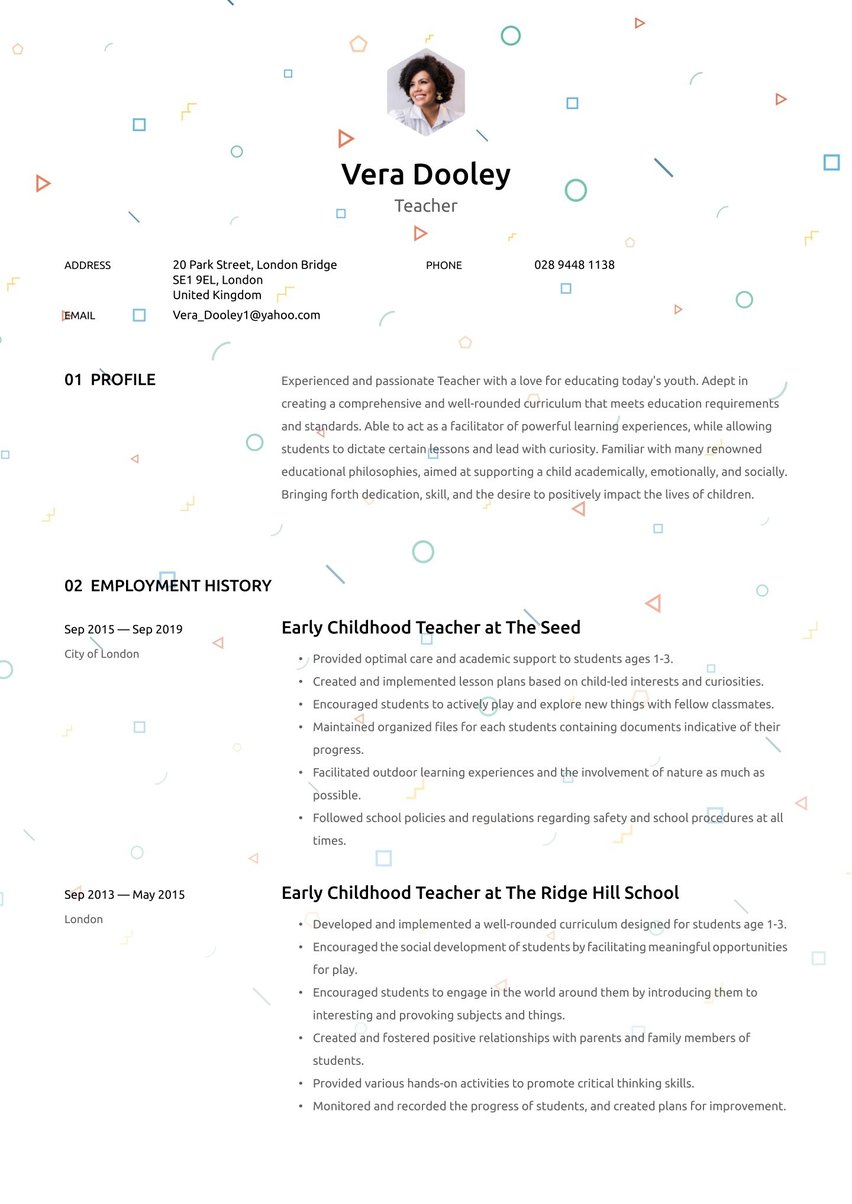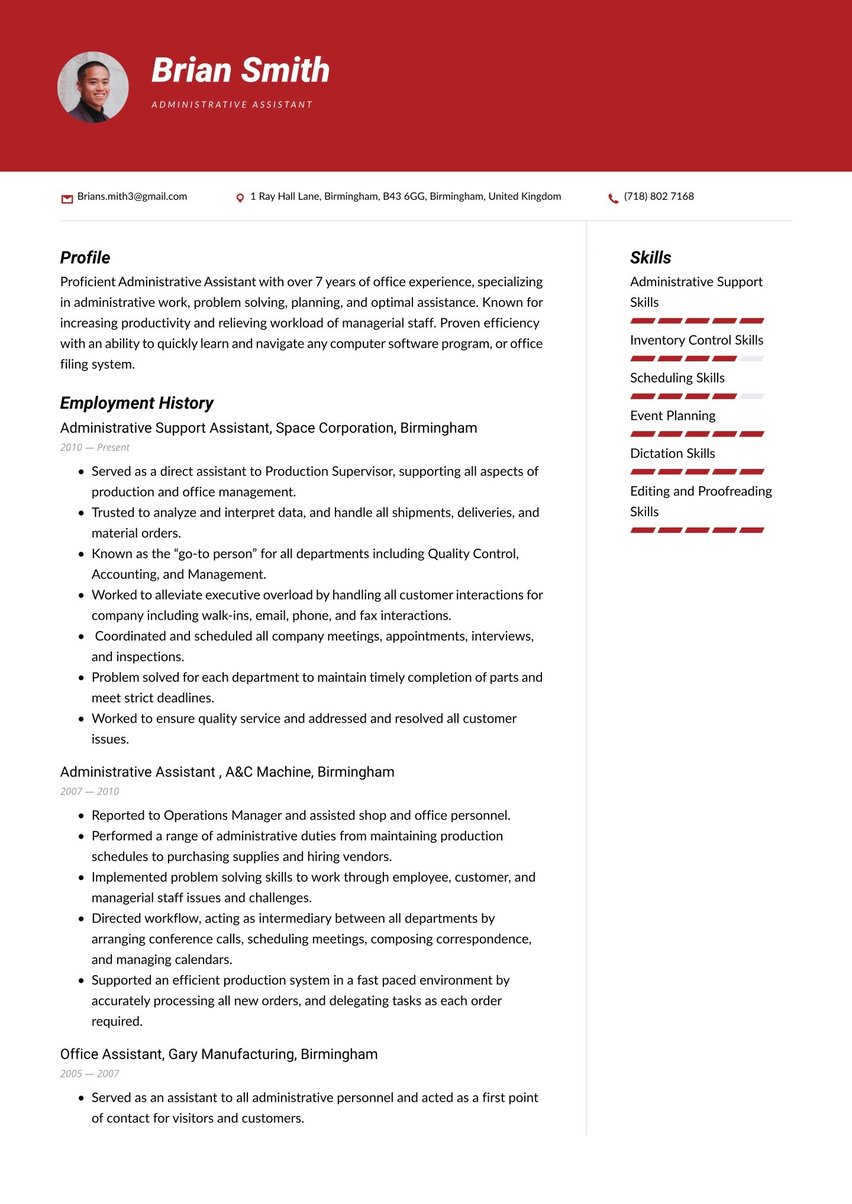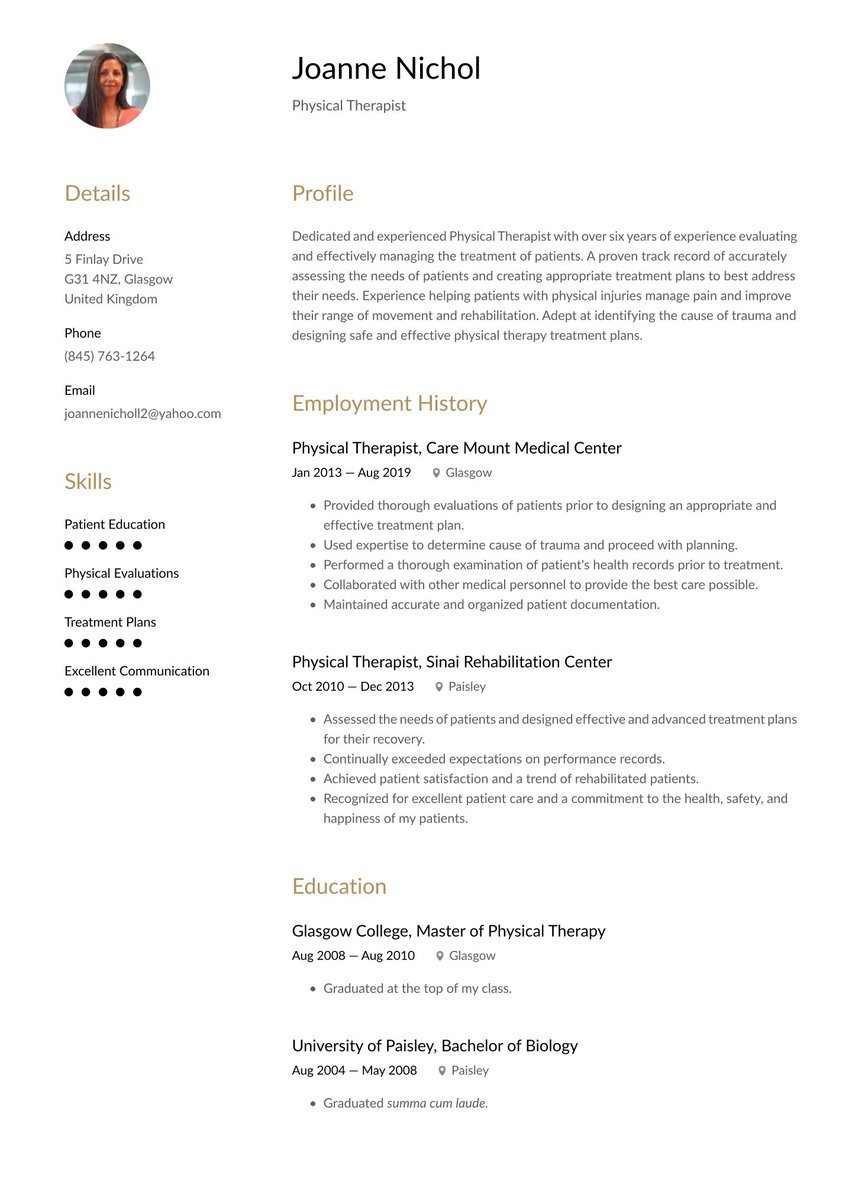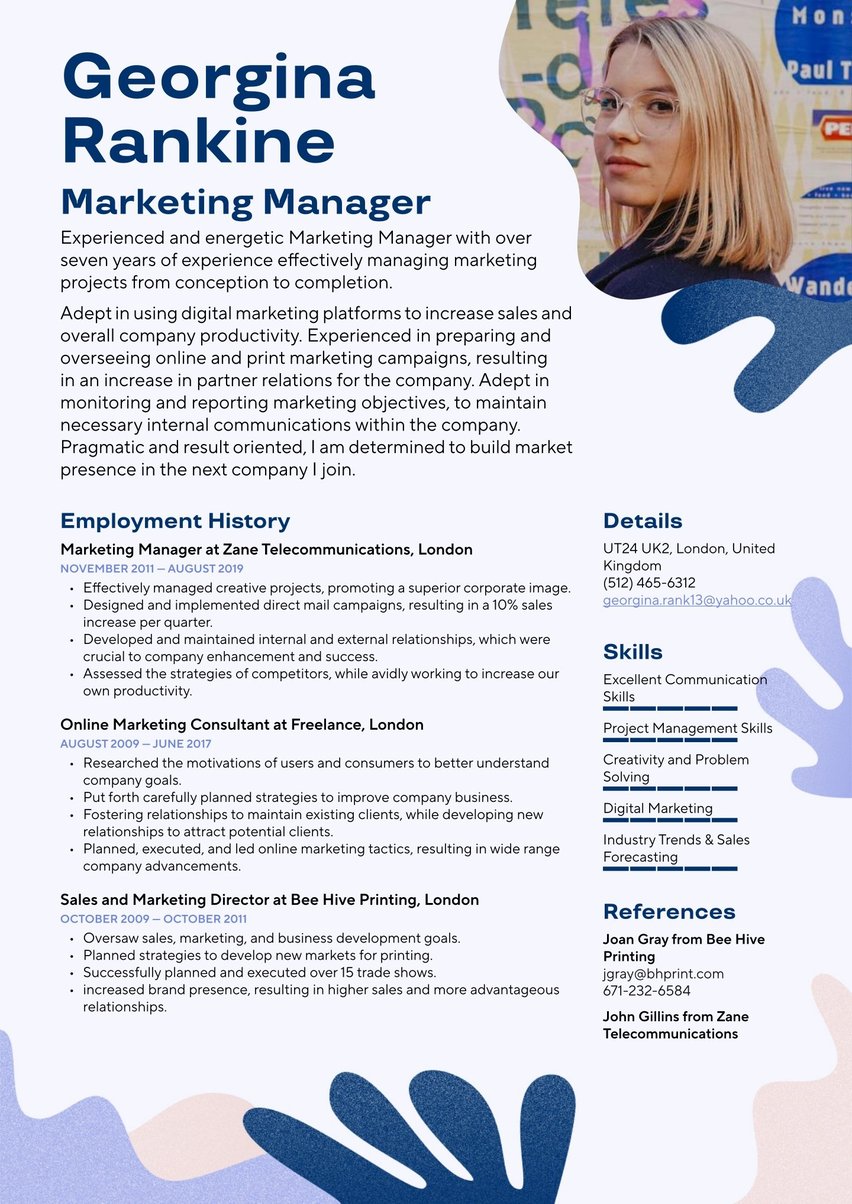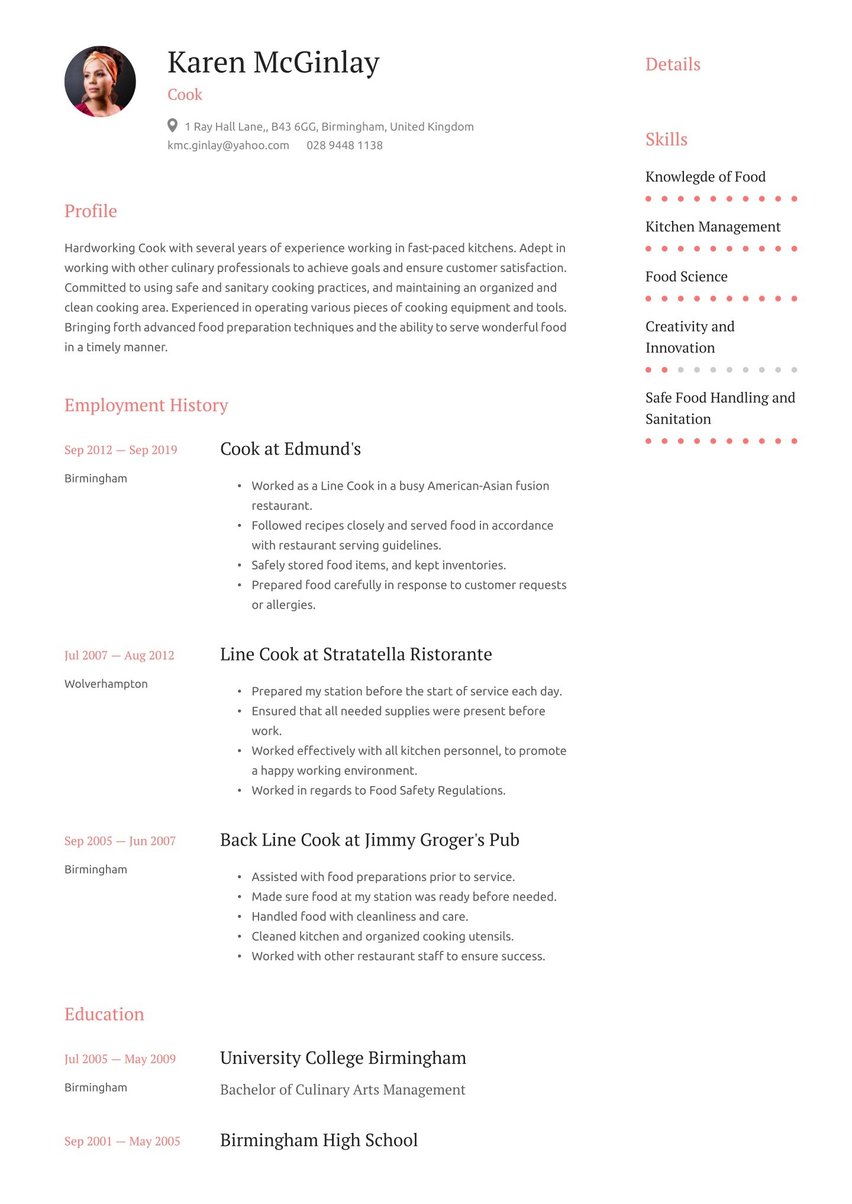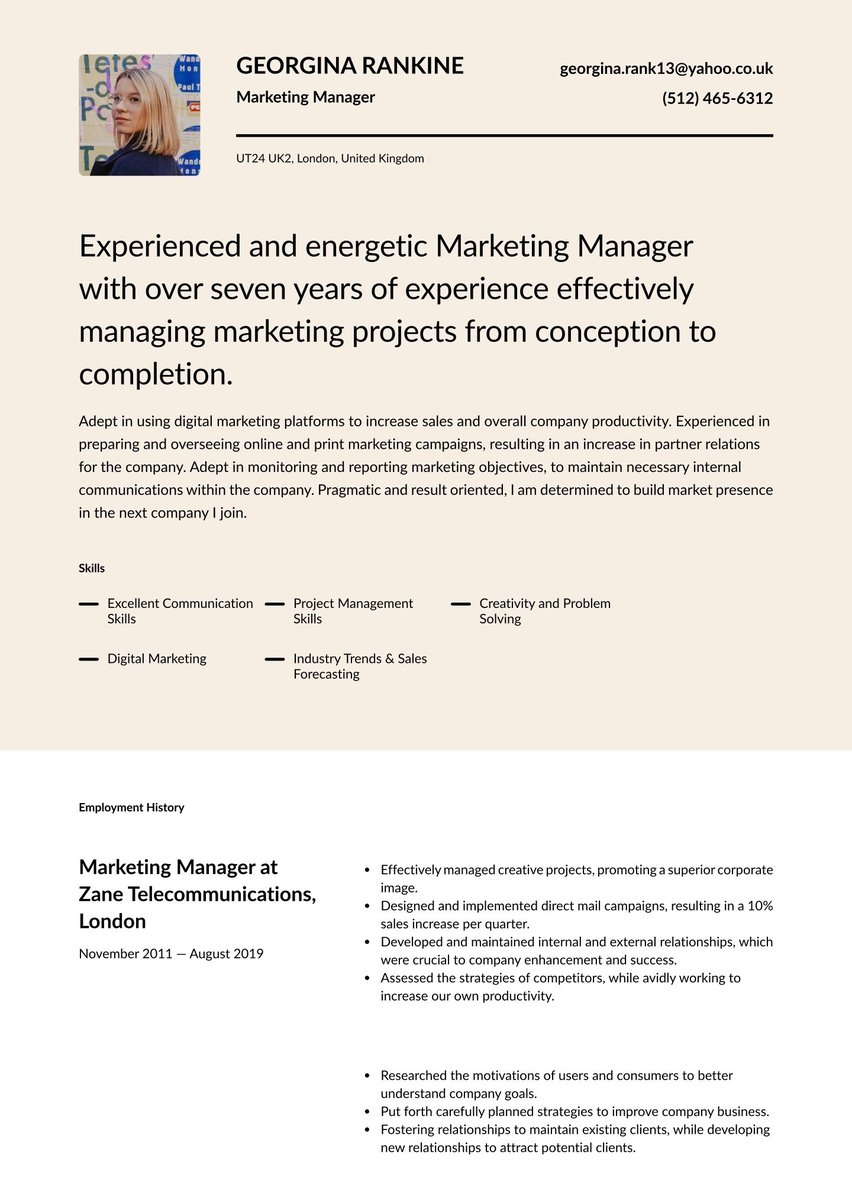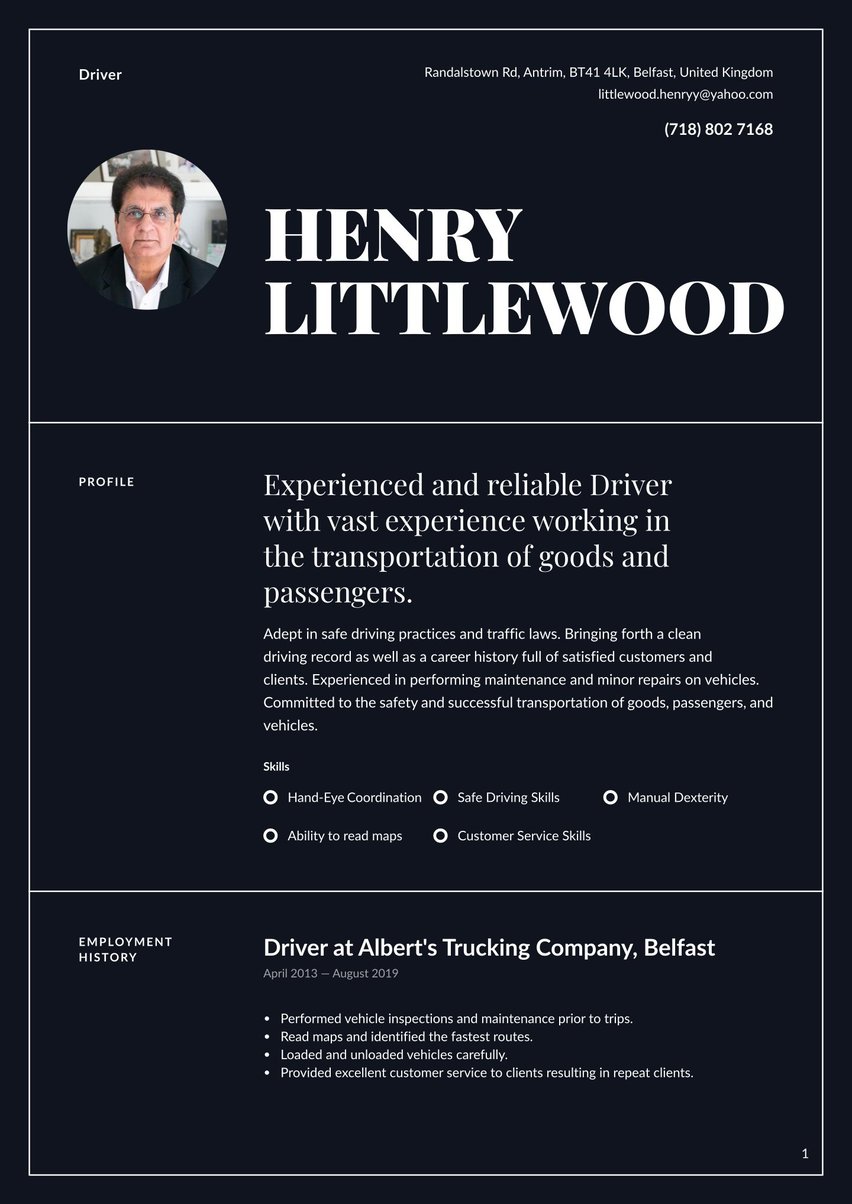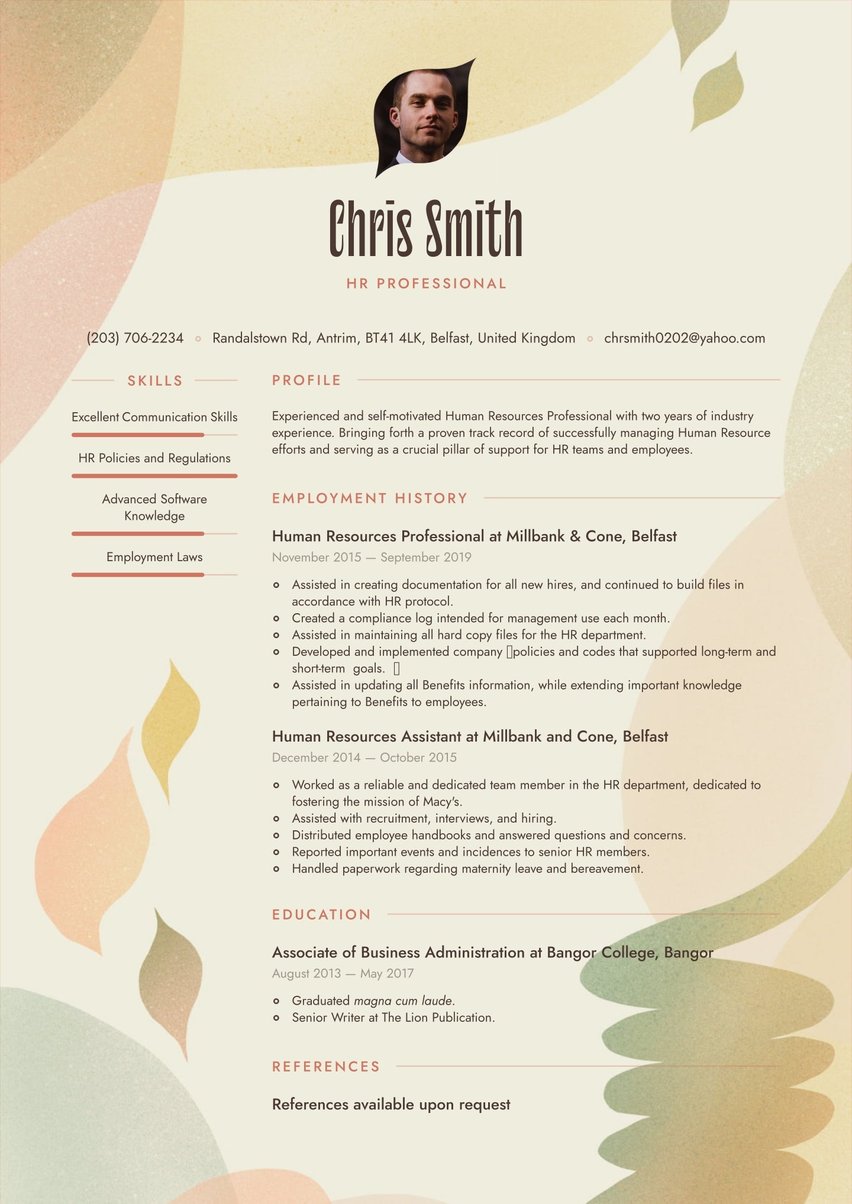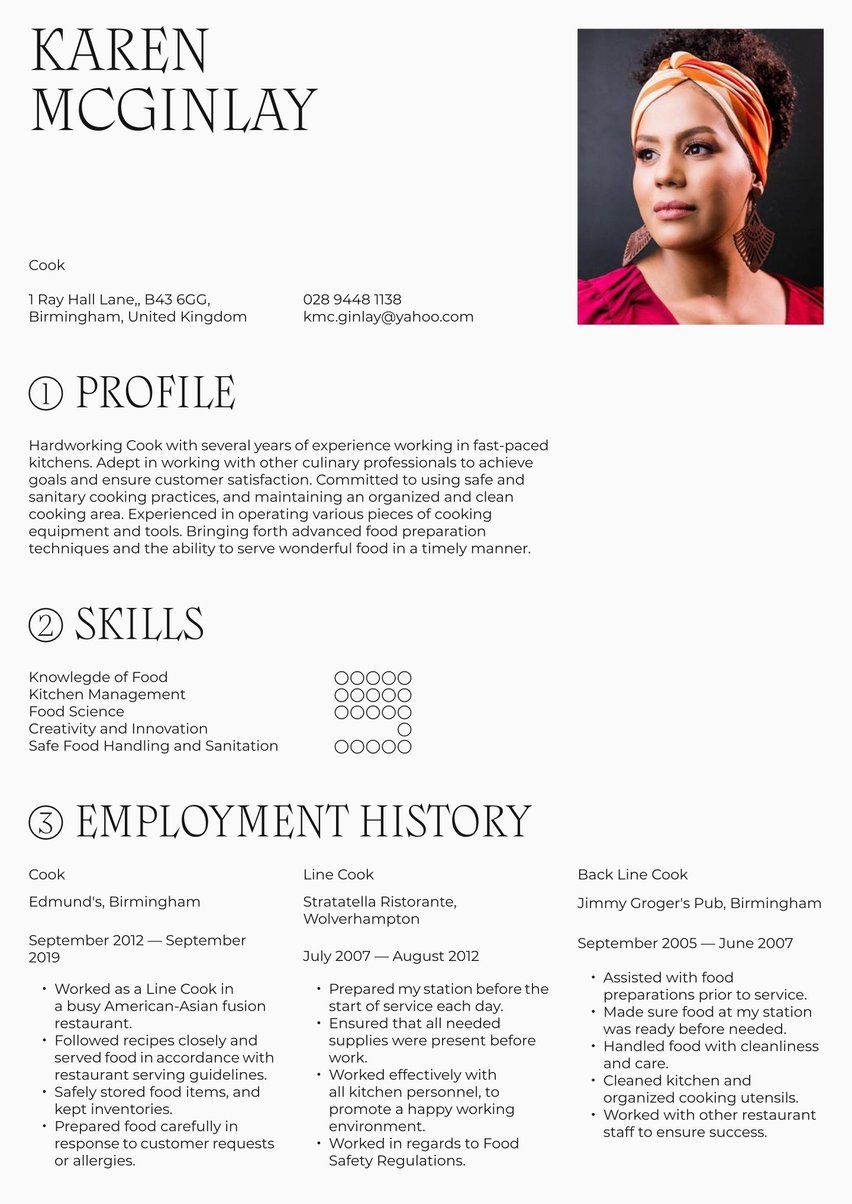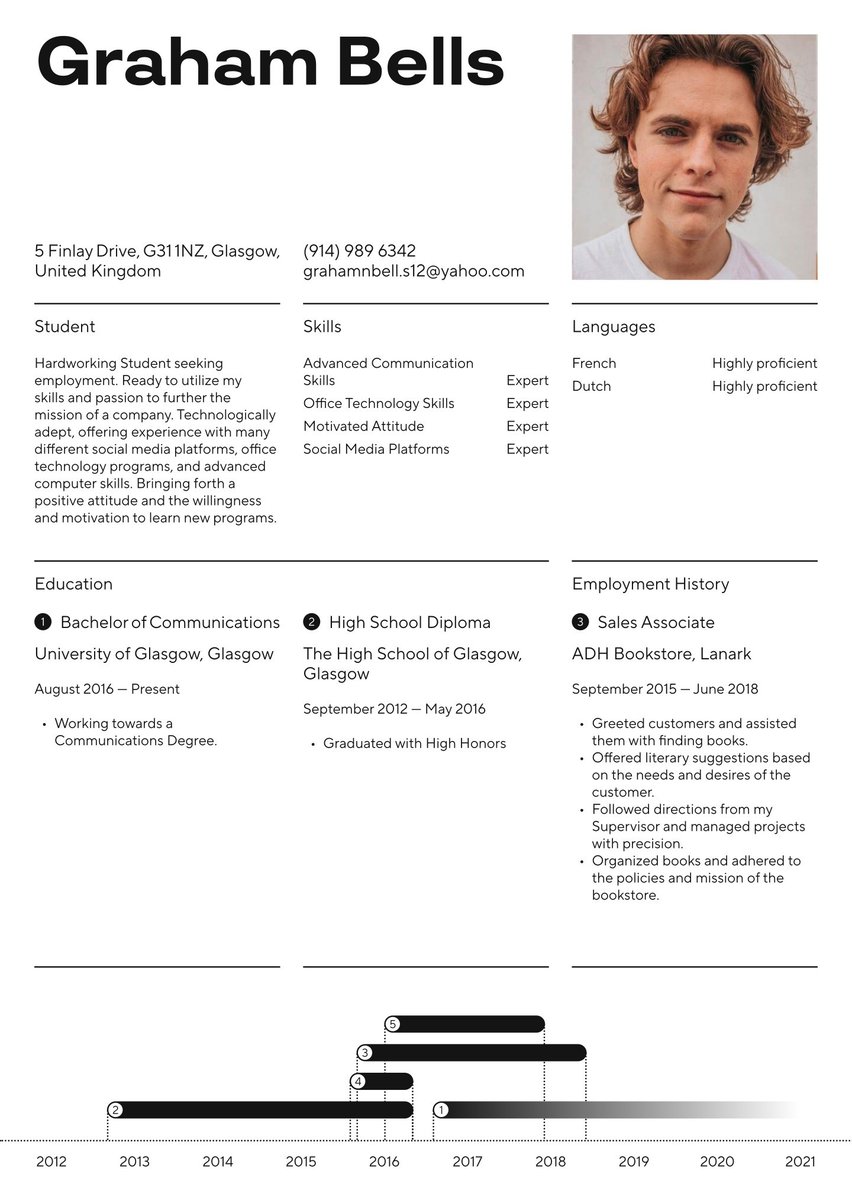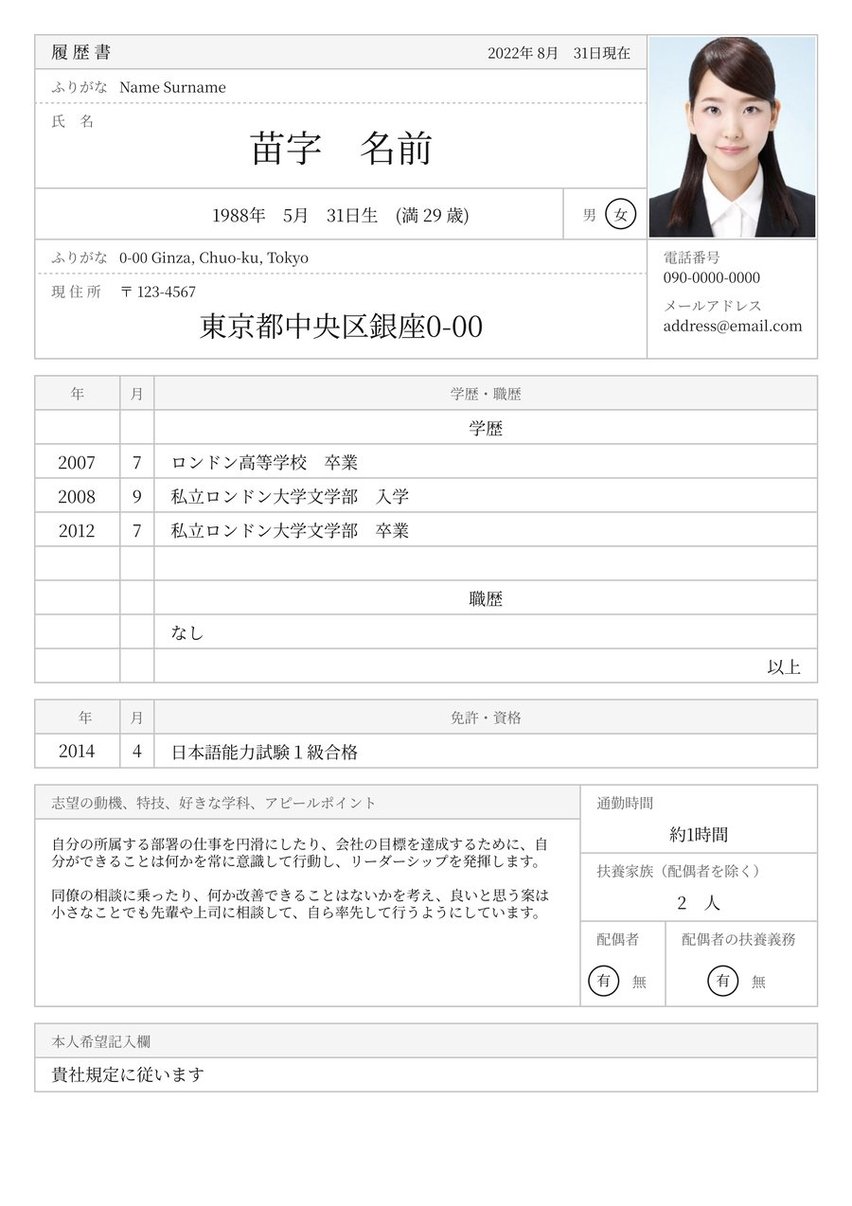Freelance animation artist with 13 years of experience working in television production and 10 years in graphic design. Specialist in storyboard creation and producing concept art with a versatile and energetic attitude. Innovative and motivated to work on fun and challenging programming projects for your production team.
01/2010 - present, Freelance Animator, Self Employed, Edinburgh
- Create a diverse range of elements across art styles for exciting projects, including character work with Pixar Animation Studios.
- Manage workload within tight deadlines to maintain
100% track record of delivering projects on time. - Propose and implement solutions for client cost savings, with about 20% of projects completed under budget.
- Communicate regularly with clients to update them on project progress and obtain approvals at every stage.
01/2005 - 11/2009, Artist, Midnight Snack, Edinburgh
- Created 10+ designs monthly using Adobe Creative Cloud and Photoshop.
- Ensured images met the appropriate print and web standards. • Updated and managed image library of 1000+ content pieces.
- Ensured all artwork was developed in line with company marketing goals.
08/2004 - 09/2007, Animation BA (Hons), University of Edinburgh, Edinburgh
Udemy Courses
Learn to Animate: Animation Principles - 2010
Learn 3D Animation 2010
After Effects Motion Graphics 2010
Pixel Art and Animation 2010
Rigging Techniques 2010
- Passionate
- Innovative
- Deadline-driven
- Adobe Flash
- Spine
- Adobe Illustrator
- Adobe Photoshop
Without artists, we would be living in a very dull world. Working as an artist can be an extremely challenging and fulfilling career, but to get there, you’ll need a great artist CV.
Whatever your artistic medium of choice, your CV needs to be memorable, while also exuding your creativity and professionalism. A lacklustre portrait of your career as an artist can simply blend into the background and be quickly forgotten.
CV writing has its own unique style and it can be easier said than done to showcase your artistic abilities and experience. Luckily, we can help! Use our step-by-step writing guide and adaptable examples to create a compelling CV that narrates your creative journey.
CV guide for an artist CV
Elevate your job search with Resume.io. Our CV examples and accompanying guides cover over 170 professions, and the CV builder makes creating a compelling CV easier than ever.
This CV guide and corresponding artist CV example will cover the following:
- How to write an artist CV
- Choosing the right CV format for an artist
- How to add your contact information
- Using summaries
- Adding your art experience
- Listing education and relevant experience
- Picking the right CV design/layout
- What the artist job market looks like, and what salary you can expect
How to write an artist CV
Just as you would create a masterpiece from scratch, your CV is a blank canvas, ready for you to craft your best work. Although imagination is a key quality for an artist, there's a set structure for creating your artist CV:
- The CV header
- The CV summary (aka profile or personal statement)
- The employment history section
- The CV skills section
- The education section
Your CV should showcase your artistic abilities relevant to the specific job opening. A good approach is to create a master document that includes all of your artistic projects, work experience, skills, and achievements. You can then use this as a foundation and create customised versions of your artist CV for each job opportunity.
Always complete some background research to identify the priorities of the specific artist role and the employer’s needs. That way you can paint yourself as the perfect artist for their project. Here are some strategies to help you get started:
- Highlight your accomplishments. Provide specific information on your artistic achievements, rather than listing tasks completed. Perhaps you’ve increased viewership, won awards, exhibited in a notable gallery, or created designs that boosted sales. If so, let the hiring manager know, with quantifiable information where possible.
- Tailor your CV to the specific artist role. Hiring managers are always impressed by applications that meet the specific needs of the role and company. Tailoring your CV to each job posting will lead to a more successful job search.
- Prioritise readability. As an artist, it makes sense that you will be keen to inject some creativity into your CV design. However, subtlety is the best approach. A splash of colour is fine, but prioritise professionalism and readability.
- Optimise your CV with relevant keywords from the job description. This will help you get past applicant tracking systems that many organisations now use.
Ensure your CV is ATS-ready
Many arts organisations use Applicant Tracking Systems (ATS) to scan, sort, and rank CVs according to keywords and phrases linked to the specific job opening. Those CVs that rank highly are more likely to earn a human review, the rest will fall to the bottom of the list.
For example, a job posting for a 3D artist and designer may include:
- “3D asset creation in an agency setting”
- “Strong modelling, texturing, and lighting skills”
- “Cinema 4D and Adobe Suite”
- “Keen attention to detail”
Your CV profile summary, when integrating these keywords, might read:
“Talented designer, combining 4+ years’ experience in 3D asset creation in an agency setting, with strong modelling, texturing, and lighting skills. Advanced proficiency in Cinema 4D and Adobe Suite. Creative, collaborative, and articulate, with a keen attention to detail.
Choosing the right CV format for an artist
Many artists work on a self-employed basis, so their CVs might not follow the conventional career path of other professions. In this case, it makes sense to use a combination or hybrid CV. This format places equal weight on your artistic skills and experiences, allowing you to include a detailed skills section and a chronological work history section.
If your artist career has followed a more traditional trajectory, then the popular reverse chronological format could be a better option. Most hiring managers will be familiar with this structure, which focuses on work experience and provides a clear timeline of your career up to this point. Applicant tracking systems can also screen this format with ease.
The final option is the functional CV format, where the focus is on your artistic skills rather than employment history. This version works well if you’re just starting out on your career as an artist or pursuing a career change.
Explore our CV templates if you need some inspiration, then choose the format that best suits your unique situation. We also have several creative CVs you can review.
Include your contact information
Your CV header serves both a practical and aesthetic purpose. An eye-pleasing design sets your artist CV apart from the rest, and attracts the reader’s attention right away to what is meant to be noticed first: your name, occupation, contact information, and art portfolio.
The prominent display of this information makes it easy for recruiters to get in touch with you. It also makes everything else on your CV page look inviting to read. For a unified look, be sure to make your artist CV and cover letter match by applying the same header design.
Here’s what you need to include:
- Full name & title. Include your first and last name, followed by your job title.
- Professional email address. Avoid using any quirky email addresses. Instead, use a professional format, such as using your full name.
- Phone number. Choose the phone number where you can be easily contacted along with a voicemail message suitable for work.
- Location. Listing your full address is no longer necessary. Just provide your city or general location.
- Portfolio. Include a link to your art portfolio so hiring managers can quickly see your art brought to life.
Don’t include:
- Date of birth. Including your date of birth can lead to potential age discrimination.
- Personal information: Avoid including any personal information, such as marital status, number of children, nationality, and NI number.
Donald Clarke
Artist - 3D Animation
0131 226 7808
Edinburgh, UK
dclarke@email.co.uk
Art Portfolio
Donald Clarke
Artist & Creative Mind
01312267808 / 07928199828
5 Bridge Street, Edinburgh, UK
artyclarkey@email.co.uk
Married, 2 kids
Make use of a summary
When you think about all the artists in the world, you would probably say that the one thing they have in common is passion. Artists love what they do! They love creating in their chosen field, and the reception they get from their audience.
Whether creating a piece of fine art, playing music to a live audience, or showing a client a finished website, the one thing that matters is passion. Therefore, in your artist CV summary — sometimes called a profile or personal statement — you want to show that passion.
Stick to 3-4 concise sentences that provide an overview of your top-level qualifications and expertise in your chosen field of art. If you have a stand-out accomplishment, you could mention this too. This could include a prestigious award, specialist expertise, or a notable art project.
You will, of course, go into more detail elsewhere in your CV but this will give hiring managers a quick insight into what you have achieved and the value you can bring to their organisation.
Including action verbs can make this section pop. Examples include designed, created, amplified, executed, and collaborated. The choice of these words sends a strong message of the value you can bring to the prospective employer.
For more insight and writing tips, check out our creative and artistic CV examples that cover a wide range of professions in the creative field.
You can find adaptable artist CV example summaries below:
Aspiring prop designer, currently completing a degree in creative arts at the Winchester School of Art. Valuable experience creating costumes, constructing sets and supporting backstage activities for three Cambridge Arts Theatre productions. Collaborative, creative, and committed to delivering high-quality artistry.
Talented fine artist, holding over 6 years of experience producing unique artwork across multiple mediums, including painting, illustration, and sculpture. Created thought-provoking and well-received artwork for the Sculpture in the City project in London. Recognised for artistic vision and technical expertise across a diverse art portfolio.
Skilled digital artist, with 10+ years of experience in the leadership and delivery of 3D assets and virtual enivironments across real-time and multi-platform applications. Translates vision and goals into powerful gaming experiences. Regarded as a strong and supportive leader of cross-functional teams. Expert knowledge of Adobe Creative Suite, Maya, and Blender.
Outline your artist work experience: paint the picture
Unlike other professions where recruiters look at a candidate's progressive career path, this is less of a priority for an artist CV. They are mainly interested in the outcomes of your work.
However, your employment obviously still plays a key role in your employability. If you are self-employed, you may want to provide a brief synopsis of the projects you have worked on and include any positive outcomes.
Start by listing your job title as a header, followed by the employer name (or self-employed), location, and dates of employment. Then add bullet points to show what you have achieved in each role. For example, if you or your work has been featured on any TV or radio programmes, or you have worked for any widely recognised clients, make sure you highlight this in your work experience section. This will instantly enhance your job prospects.
Keep in mind that generic, uninspiring bullet points without tangible outcomes are unlikely to generate much interest. For example:
- “Created 3D art designs for various projects and clients.”
- “Engaged with clients to deliver positive results.”
- “Commended for the ability to drive improvements in project delivery.”
While these statements might be accurate, they don’t tell the full story. Offering insight into what you can achieve by describing beneficial results will be more compelling to a prospective employer. For example:
- ”Created a diverse range of elements across art styles for exciting projects, including character work with Pixar Animation Studios.”
- ”Proposed and implemented solutions for client cost savings, with approximately 20% of projects completed under budget.”
- ”Managed workload within tight deadlines to maintain a 100% track record of delivering projects on time.”
Take a look at the artist employment history CV sample below:
Freelance Animator at Self Employed, Edinburgh
January 2010 - Present
- Create a diverse range of elements across art styles for exciting projects, including character work with Pixar Animation Studios.
- Manage workload within tight deadlines to maintain 100% track record of delivering projects on time.
- Propose and implement solutions for client cost savings, with about 20% of projects completed under budget.
- Communicate regularly with clients to update them on project progress and obtain approvals at every stage.
Artist at Midnight Snack, Edinburgh
January 2005 - November 2009
- Created 10+ designs monthly using Adobe Creative Cloud and Photoshop.
- Ensured all artwork was developed in line with company marketing goals.
Include the relevant key skills that make a great artist CV
Artists are constantly learning and fine-tuning their skills. They never stop. A musician takes time to create music. A watercolour painter will keep learning new techniques, and an animator will continue to evolve their skills by keeping on top of new programs and techniques.
As someone who likes to constantly digest new information, it is also critical, for obvious reasons, that an artist is highly innovative and creative. In many ways, the soft skills of an artist are just as important as the artistry itself.
Reflect on the skills from the advertised job description and use those that are relevant to your CV. The recruiter may quickly scan your CV to pick out these words, or they may even use an applicant tracking system (ATS) to screen online job applications. For these reasons, it’s crucial that you tailor your CV for each role you are applying for.
Our CV builder offers numerous examples of key skills as well as proficiency levels you can adjust. You can also add your own unique skills.
Here’s what the skills box looks like in our artist CV template.
Key Skills and Proficiencies
Your skills section is vital to include, but so is evidence of these skills in action. When writing your artist CV, always think of examples to back up what you are stating. Link each key skill to specific situations and positive outcomes to pique the hiring manager’s attention.
For example, in your professional profile and work experience, highlight your:
- Creativity and artistic flair by providing direct links to samples of your work in your CV. Most notably in the work experience section or a dedicated section, such as projects and commissions, exhibitions, grants and awards.
- Technical capabilities by highlighting knowledge of cutting-edge design technology such as Adobe Suite, Spine, Cinema 4D, and Blender.
- Communication skills by describing your success engaging with clients, colleagues, multidisciplinary project teams, and fellow artists.
Detail your education & relevant certifications
Education may or may not be important for the artist role you are seeking, but it should still be included in this section of your artist CV.
Even if you do have a university degree, be sure to include any relevant college courses, GCSEs, or internships in this section too. List your education history in reverse chronological order, from highest to lowest level.
Here are some of the elements you may want to include in your education section:
- Degrees. Whether your degree is complete or in progress, include the information here. Detail the course title, educational institution, year, and grade. For a degree in progress you can list the predicted grade and expected year of completion.
- Training and certifications. Specialised art workshops, courses, residencies, and training show a strong commitment to improving your knowledge and skills in your chosen area of art.
- Exhibitions and collections. Feature any exhibitions or collections where your work has been featured. This information can be listed in bullet points in reverse chronological order, including the exhibition/collection name, venue, and date.
- Grants and awards. Detail any art grants and awards received and a brief outline of how you have used these to advance your career as an artist.
Check out the education section from our adaptable CV sample below:
Animation BA (Hons), University of Edinburgh, Edinburgh
August 2004 - September 2007
Udemy Courses
- Learn to Animate: Animation Principles 2010
- Learn 3D Animation 2010
- After Effects Motion Graphics 2010
- Pixel Art and Animation 2010
- Rigging Techniques 2010
Pick the right CV layout and design for an artist CV
As an artist, you don’t need us to tell you that appearances count for a lot. When it comes to getting a hiring manager’s attention, your CV layout, design, and formatting convey your eye for detail and your personal style — all before the employer has read a single word on the page.
Make sure to keep a good balance of white space to text, including wide enough margins. Ensure your font choices are legible and reader-friendly. Choose design and formatting elements that match the employer’s image, if relevant to the role.
Using one of our professionally designed CV templates can help give you a great head start with the visual details. Resume.io also has field-tested creative CV templates that you can use to stand out and get hired faster.
Artist text-only CV example
Profile
Freelance animation artist with 13 years of experience working in television production and 10 years in graphic design. Specialist in storyboard creation and producing concept art with a versatile and energetic attitude. Innovative and motivated to work on fun and challenging programming projects for your production team.
Employment history
Freelance Animator at Self Employed, Edinburgh
January 2010 - Present
- Create a diverse range of elements across art styles for exciting projects, including character work with Pixar Animation Studios.
- Manage workload within tight deadlines to maintain 100% track record of delivering projects on time.
- Propose and implement solutions for client cost savings, with about 20% of projects completed under budget.
- Communicate regularly with clients to update them on project progress and obtain approvals at every stage.
Artist at Midnight Snack, Edinburgh
January 2005 - November 2009
- Created 10+ designs monthly using Adobe Creative Cloud and Photoshop.
- Ensured all artwork was developed in line with company marketing goals.
Skills
- Passionate
- Innovative
- Deadline-driven
- Adobe Flash
- Spine
- Adobe Illustrator
- Adobe Photoshop
Education
Animation BA (Hons), University of Edinburgh, Edinburgh
August 2004 - September 2007
Udemy Courses
- Learn to Animate: Animation Principles 2010
- Learn 3D Animation 2010
- After Effects Motion Graphics 2010
- Pixel Art and Animation 2010
- Rigging Techniques 2010
Artist job market and outlook
There are over two million people working in creative industries in the UK, and this sector has continued to grow faster than other industries in recent years. According to the Department for Digital, Culture, Media, and Sport (DCMS), creative industries contributed $109 billion to the economy in 2021.
While working in such an economically significant sector sounds promising, creative workers do face challenges with respect to low pay and the precarious nature of self-employment. In the past few years, growth has fluctuated between different creative sub-sectors too. For example, IT, software and computer services increased by 33.5% from 2019 to 2022, yet jobs in the UK crafts sector declined by 49% over the same time period.
What type of salary you can expect in art
The salary you earn as an artist will depend on the type of artistic role you decide to pursue as well as whether you decide to work on a freelance basis. According to Payscale, the average base salary for an artist is £32,600 per year.
Key takeaways for building an artist CV
A career as an artist can allow you to blend your love of your chosen creative field, with the opportunity to inspire many people. Showcase your top-level artistic skills and achievements in your CV relevant to the job description. Let the hiring manager know the value you will bring and your commitment to their future goals and objectives.
Make your life easier using our online CV builder to create your artist CV with adaptable templates and AI-powered content.

